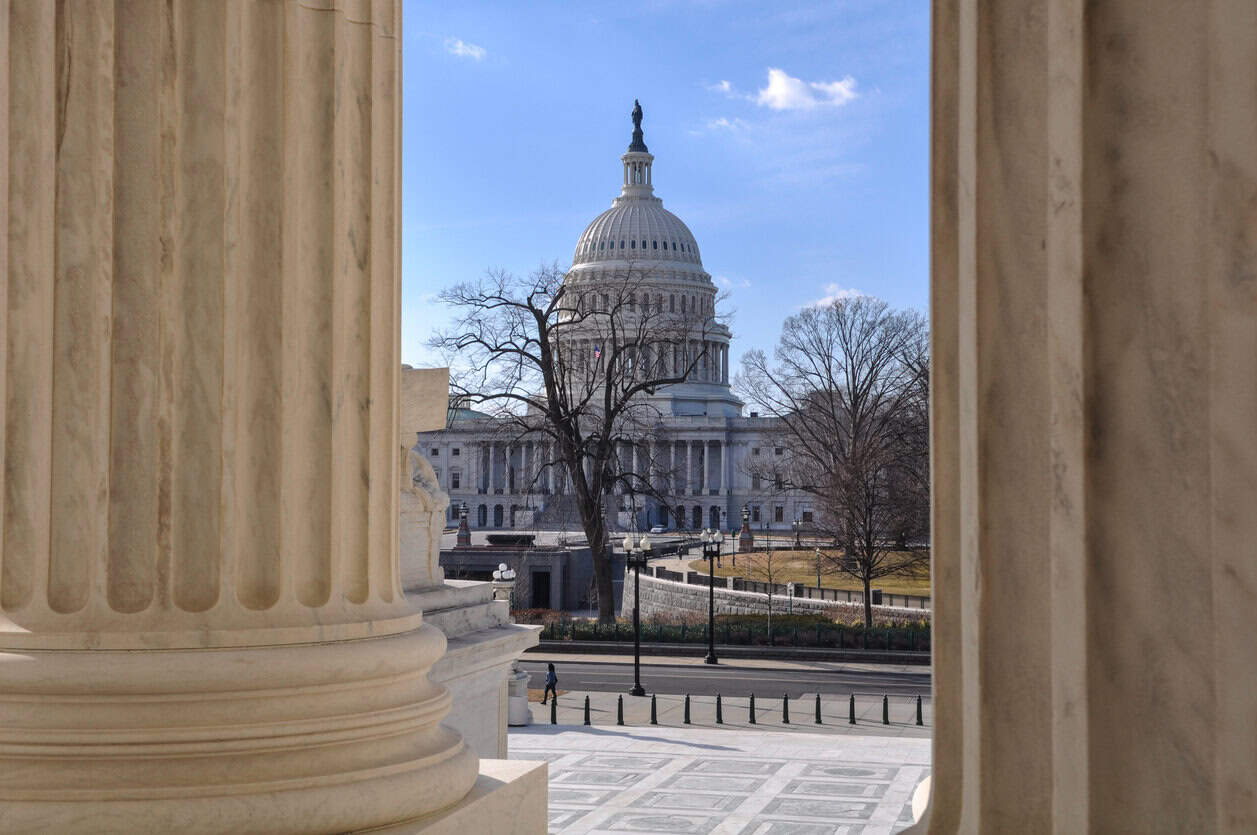Varied Health Spending Growth Across U.S. States Was Associated With Incomes, Price Levels, and Medicaid Expansion, 2000–19
Last Updated August 1, 2022
Aug 1, 2022
A new state-level analysis of healthcare costs funded by the Peterson Center on Healthcare shows wide variations in system-wide healthcare spending across states. The study, conducted by researchers from the Institute for Health Metrics and Evaluation and published in the August edition of Health Affairs, reveals that differences in spending between states have increased after implementation of the Affordable Care Act, suggesting that some states are more effective at controlling rising healthcare costs than others. IHME’s analysis also sheds light on the healthcare spending changes associated with Medicaid expansion.
Key Findings:
- At the state level, healthcare spending per person varied widely in 2019, ranging from $7,250 in Utah to $14,500 in Alaska.
- While healthcare spending increased across the board, some states saw much sharper increases than others.
- From 2013 to 2019, increases in per capita spending ranged from 1 percent in Washington, D.C., to 4.2 percent in South Dakota (after adjusting for inflation).
- The spending gap between states has also widened considerably since 2000.
- Out-of-pocket spending varied more than overall healthcare spending, illustrating important differences between system-wide and individual affordability. For example, the average South Dakotan spends nearly 300 percent more on out-of-pocket costs than the average Arizonan, while overall spending is 50 percent higher in South Dakota.
- States with Medicaid expansion had a 1 percent increase in healthcare spending across the states compared to non-expansion states.
- Interestingly, expanding Medicaid eligibility for children was associated with less total healthcare spending.
- Expanding Medicaid eligibility for pregnant women was associated with less out-of-pocket healthcare spending.
- The average growth rate for out-of-pocket spending and private insurance were lower in states that expanded access to Medicaid versus non-expansion states.
Go Deeper:
- A complex set of non-health-system factors, including age, health, income of the population and cost of living explained a large share of these varied growth rates, but even after controlling for these factors, substantial variation exists.
- Over 20 percent of the spending variation identified in the report couldn’t be explained by key non-health system factors and are likely explained by differences in states’ healthcare systems.
- Some health system characteristics that are associated with greater increases include growth in the number of hospitals, increased utilization of hospital inpatient services and expansion of insurance coverage.
Why This Matters:
- Policymakers in states with higher healthcare costs should apply learnings from other states that deliver high-quality healthcare more efficiently and cost-effectively.
- This study provides evidence that supports the perspective that investing in prevention and outpatient care could help curb spending growth.
Read More:
Health Affairs
Health Spending Issues to Watch This Year
A new brief from the Peterson-KFF Health System Tracker outlines federal and state-level health spending issues to watch throughout 2025.
Privately Insured People With Depression and Anxiety Face High Out-Of-Pocket Costs
In this brief, we explore health spending among privately insured adults treated for depression and/or anxiety.
Use of ACA Preventive Services Potentially Affected by Braidwood v. Becerra
In this analysis, we find that nearly 10 million people who use ACA preventive care could face higher out-of-pocket costs.


